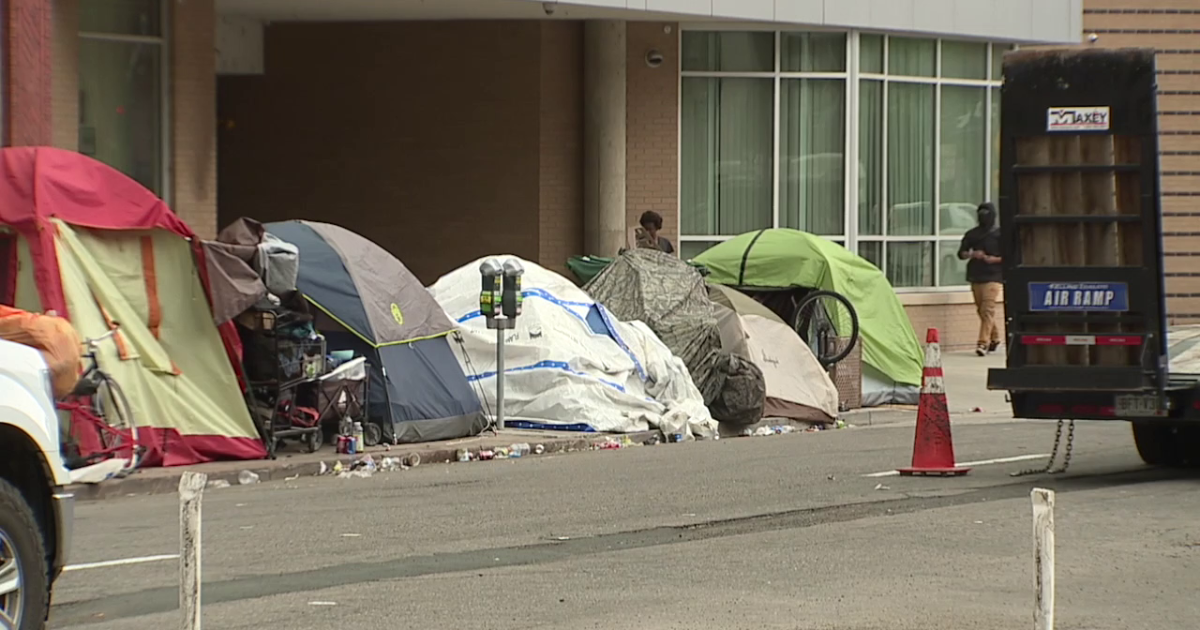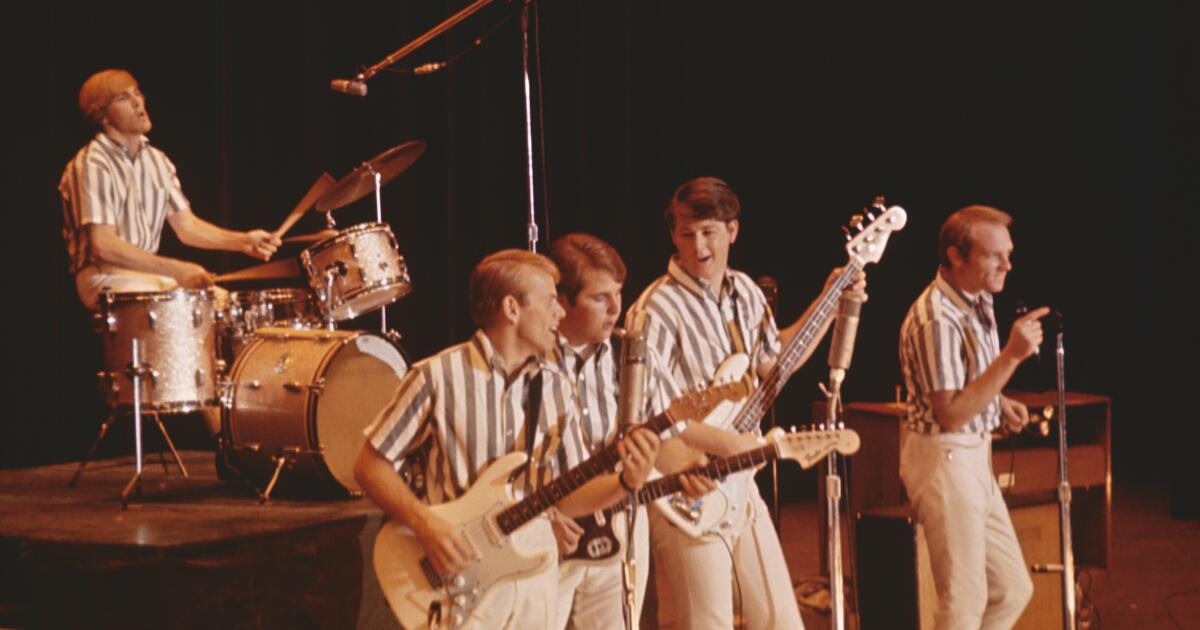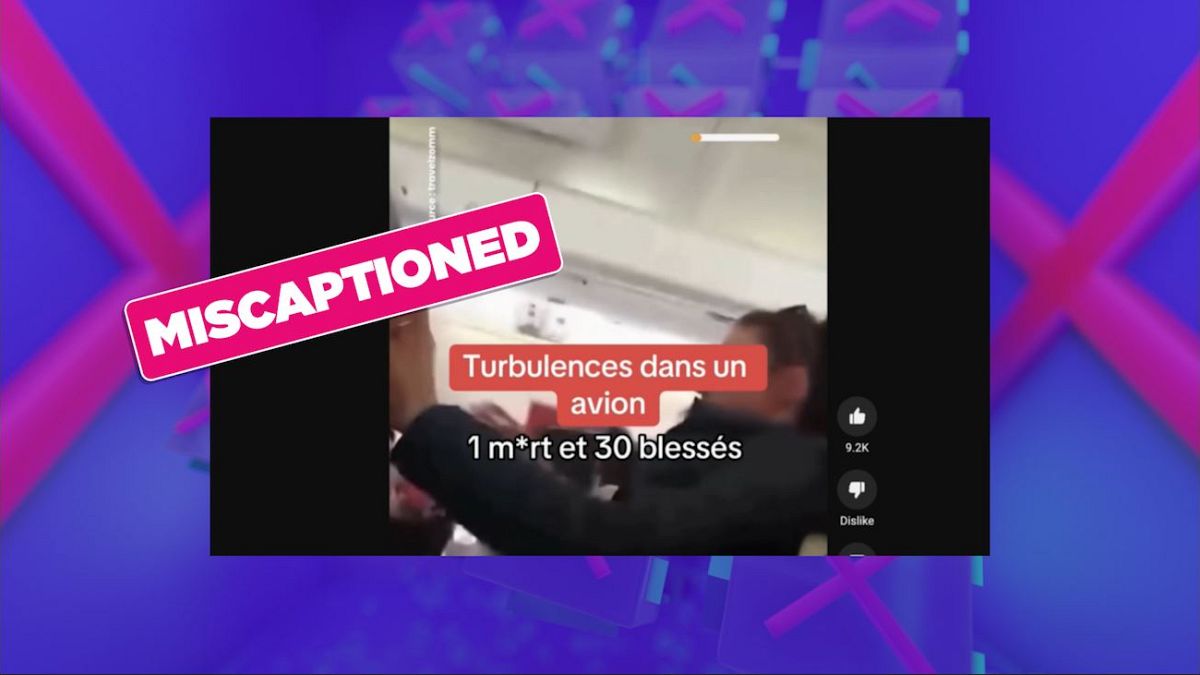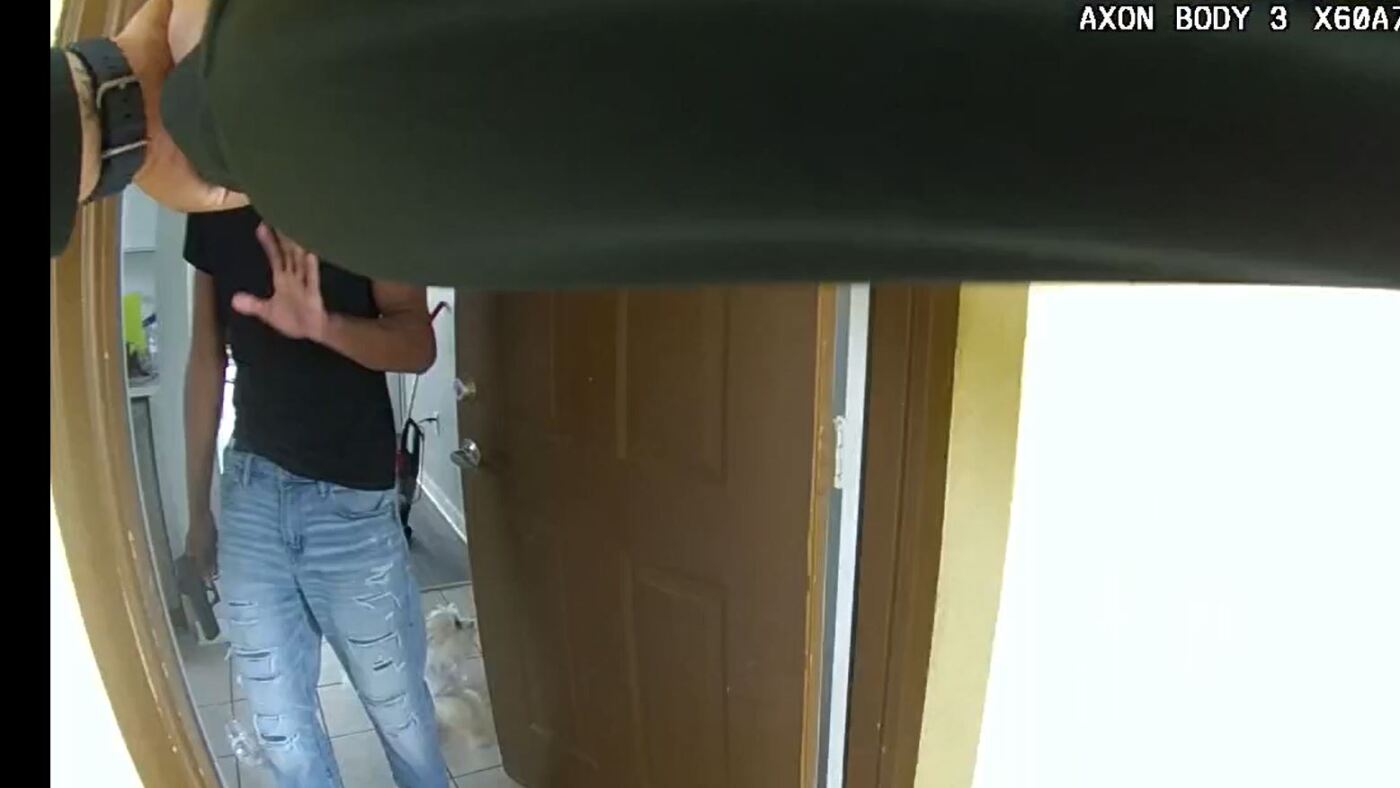U.S. Rep. Mary Sattler Peltola, a Democrat from Alaska, introduced two bills on Wednesday that align with her long-time political, professional and personal incentives to protect marine ecosystems from industrial trawling fleets.
The Bottom Trawl Clarity Act addresses a decades-long controversy in Alaska that would require regional fishery management councils to change the regulatory definition of the “midwater” trawler’s fishing nets that have “substantial bottom contact” with the ocean floor to a more accurate definition. The current regulations allow the trawlers to fish in ecologically sensitive areas closed to bottom trawling.
“We’re very serious about it, and it’s a real bipartisan bill; it addresses a real problem with a real solution,” said the first Alaska Native to serve in Congress in an extensive interview with USA Today on May. 22.
The second bill introduces the Bycatch Mitigation Assistance Fund which would finance purchases of “camera systems, lights, and salmon excluders” for fishermen, and it is designed to help finance technology research to reduce the number of prohibited fish that are accidentally caught.
The Bycatch Reduction and Mitigation Act would fund the National Oceanic and Atmospheric Administration’s Bycatch Reduction Engineering Program up to $7.5 million more than it received in 2023. The nationwide program has been funded at a five-year average of $2.28 million between 2018 and 2022.
Referencing her pro-fish election platform and a bipartisan coalition in both her 2022 and current campaigns, Peltola said, “The fact that so many Alaskans from both parties and all regions of the state rallied behind a pro-fish candidate was something that the industry took notice of, and we’ve already seen a 50% reduction in chum bycatch.
“I think that is noteworthy and that we should recognize and appreciate the industry leaders who have taken it upon themselves to reduce bycatch, added Peltola.
Peltola explains that the ones who “have the kind of resources to get the gear, equipment, and technologies that reduce the level” should be recognized as “leading by example.”
“With the other 50%, it shows that this is within reach and that this is a real [and] attainable goal, and one that we should be working towards. We should always be striving to do better when it comes to preventing waste,” added Peltola,
An industry leader issues a warning
“The bill as written could introduce a second crisis in Western Alaska communities that depend on CDQs [Community Development Quotas that direct need-based funding from fishing revenue to Western Alaska coastal communities] while favoring Seattle-based crabbing companies and pushing pollock vessels into areas of higher salmon bycatch,” said Eric Deakin, CEO, Coastal Villages Region Fund.
Presently, the trawlers are allowed to bycatch king and chum salmon and operate in areas sensitive to crab habitat. Subsistence communities and crab fishermen alike have encountered substantial fishing restrictions in recent years.
Q: Do you view the bills as a bipartisan effort?
“One hundred percent, we just got word that The Bycatch Reduction and Mitigation Act is going to have Garret Graves, a Republican from Louisiana, as a co-sponsor, as well as Jared Huffman from California as a co-sponsor.”
Q: Do you have an idea of how many specific supporters you already have on board?
“Well, I’ve got two supporters, and they’re very influential on the resources committee on both sides of the aisle. So, I think that is a very good sign, and I do really think that there is a lot of support for looking at the fisheries and how we can improve management and abundance.”
Q: How would you explain the situation in D.C. to those who would have the trawler fleets stand down or be more restricted from bycatch, and from areas known to be sensitive to crab habitat?
So this is one where I think the participation of the stakeholders is really important, and I will say that think that when of the tribes came forward and said that there holding the line and zero bycatch for Chinook salmon, that really was the tribes who came up with that, and it’s more on principle. Native people have a real, and I don’t even really know how to explain it, we have such an aversion to wasting and not [for] sharing. The worst thing you can do is waste food. We really feel strongly that the food that we eat, the animals and fish and birds that we eat, those animals, fish and birds knowingly gave themselves to the hunter or fisherman because they witnessed that they are responsible with their catches.
When we’re irresponsible with our catches, bad things happen; this is one of the foundational tenets of most native culture, because salmon is very present in our mind and salmon and has happened in our elders’ lifetimes. We are very conscientious about salmon. The smallest little change could result in disaster for many native people over history.
So one of the most important things for native people is the most important kind of guiding moral compass principle, [it] is this idea of not wasting anything, and the fact that we have metric tons of juvenile salmon, halibut crab have been discarded every year for 30 years. It’s very disturbing, and many people feel like this is because of that 30 years of metric tons being wasted, and that that’s why we’re in this predicament.
Crab fishermen have many concerns about these sensitive areas, and the other thing I want to say is we have so much more research that needs to be done. I’ve spoken with crab fishermen in Kodiak who really believe that a lot of the surveys are incomplete, or they are too small of a snapshot.
My personal belief is at the federal level, we have got to get much more serious about surveys and research. During the [U.S. Senator] Ted Stevens’s years, he invested a lot of money in research, and over the years, that has diminished and been siphoned off to other states. The administration has interpreted those funds [as] that they need to be … prioritized for treaty tribes or the funding to be prioritized to endangered stocks, which puts Alaska at a real disadvantage.
If half of the world’s seafood comes from Alaska, we should be investing so much more money in surveys and research. There’s so much that we do not know, we do not understand, and we need to understand better, especially with this paradigm change. So, I just really want the federal government to start investing in a real way.
When it comes to specific numbers, I think this is something that the stakeholders really need to have a robust discussion about.
Q: Has there been any correspondence with the Biden Administration about updating the National Standards of the Magnuson-Stevens Act?
We have heard that they have been looking at those three national standards that we’re pushing them to help define, and I like to call it the ABCs of the standards: So, its ‘allocation, bycatch and communities.’ We understand that they are working on those rules, and the proposal may come out in June, but we have not been given any heads-up on what they’re working on and what those may look like.
The MSA National Standard Four says that ‘allocations of fishing privileges should be distributed so no corporation acquires an excessive share of such privilege.’
Q: Has enforcement and recognition of this standard concerning the largely Seattle-based pollock fleets been improved and can it be further improved?
I don’t think we’re meeting that definition, and I think that is a time that we revisit the national standard and see that we’re meeting the mark. I think many Alaskans would feel that we’re not meeting the mark on a number four.
[Reporter’s note:] The MSA National Standard Eight says negative economic impacts on communities should be minimized ‘to the extent practicable.’
Q: Has enforcement and recognition of this standard concerning the largely Seattle-based pollock fleets been improved and can it be further improved?
I think we have a lot of room to grow on this one, and this is one where I think it’s important that we define ‘practicable.’ That is one thing that many Alaskans have expressed concern about, because it tends to be an arbitrary definition. Any user-group could say, ‘well that’s not practicable.’ So that makes it a really challenging rule to get your arms around. What is practicable and what isn’t practicable? And if there’s a 1% drop in earnings, and I think that’s where a lot of folks are saying, ‘Well that’s not practicable because then we’ll lose money.’
We are seeing significant impacts to communities, and one of the other concerns I have with number eight is just the definition of community itself. We find in the AP [House Appropriations] subcommittee where members of the AP were advancing this idea that industrial factory trawlers are a community. This concerns me a great deal because my definition of a community tends to be more of, say, a Yukon River village that’s been in that location for about 12,000 years, and it’s located there because of its dependence [on salmon] and because of its relationship with salmon and understanding that the salmon will return every year.
That, to me, is a community that has been there and has shown, a reliance and independence and a relationship with marine resources versus an industrial factory trawler that really came about in the 1990s or 1980s or, you know, much, much more recently in any way than 12,000 years.

/cloudfront-us-east-1.images.arcpublishing.com/gray/P2KEAIWHZRBKHDF32HQLGJ32B4.jpg)



























